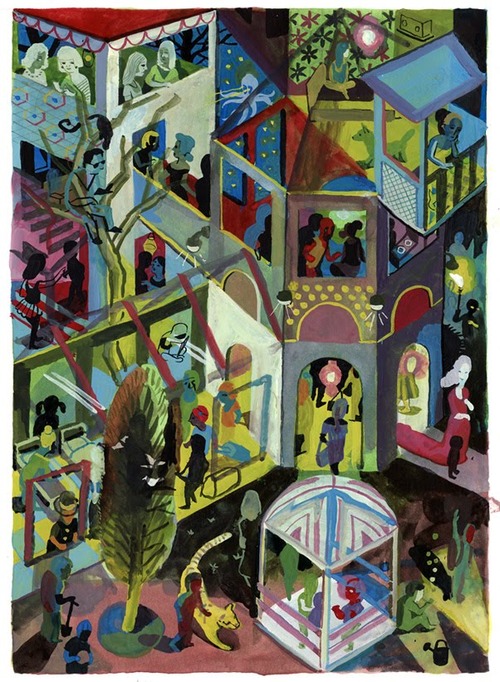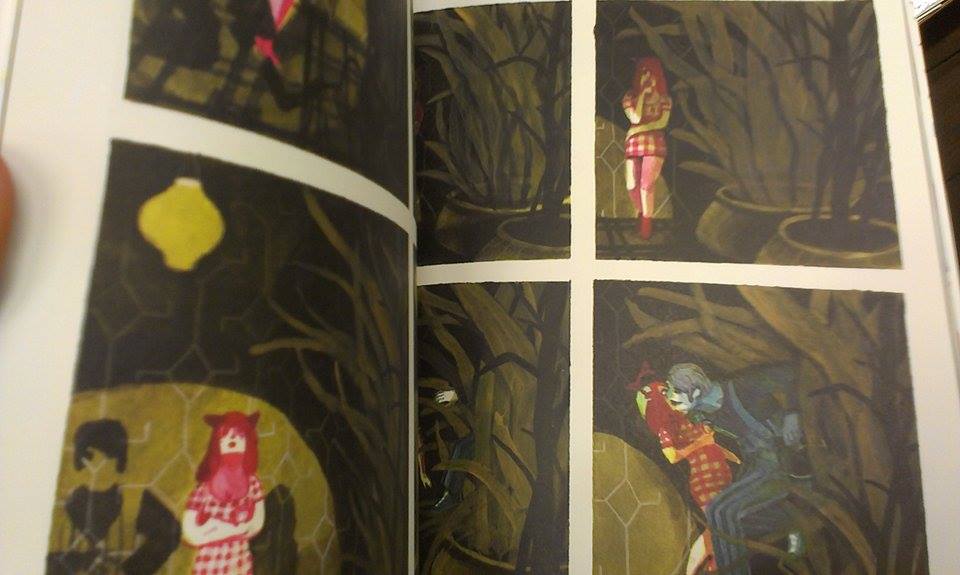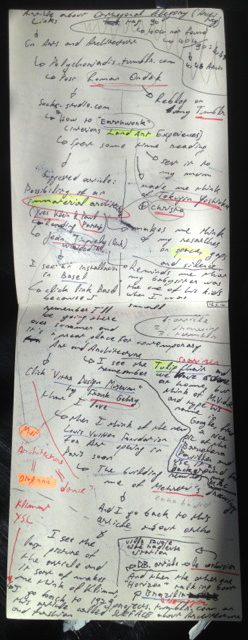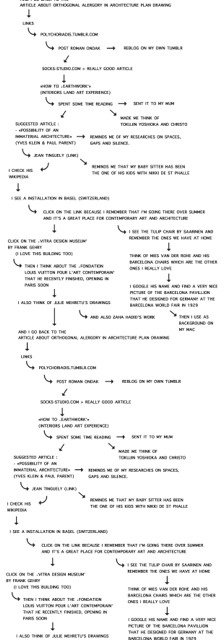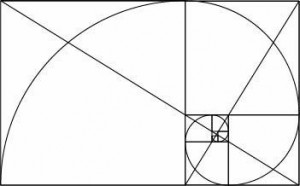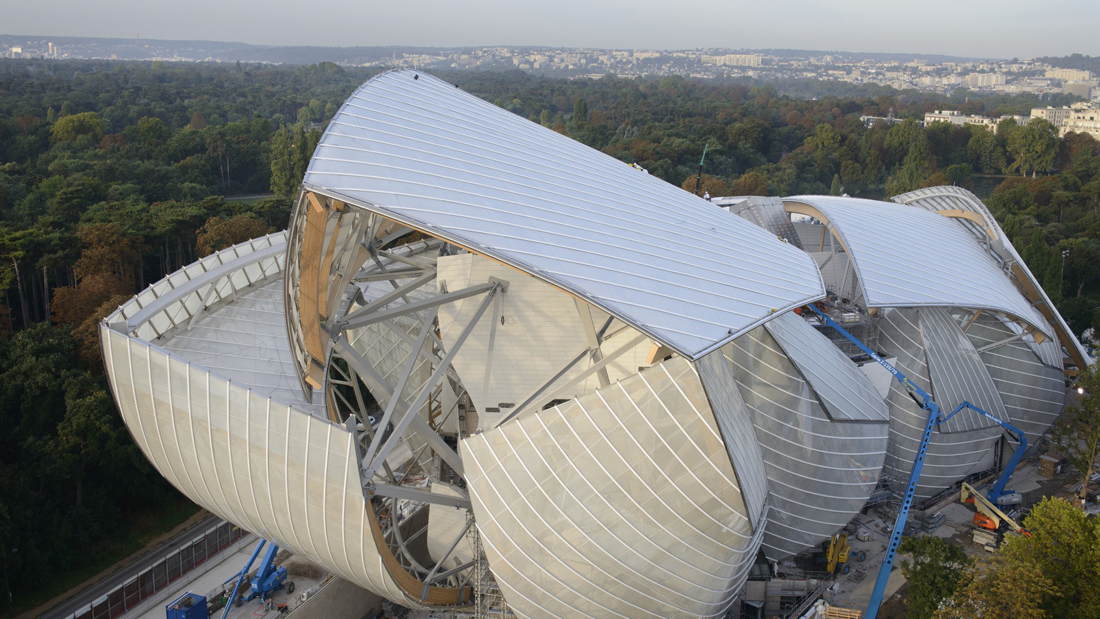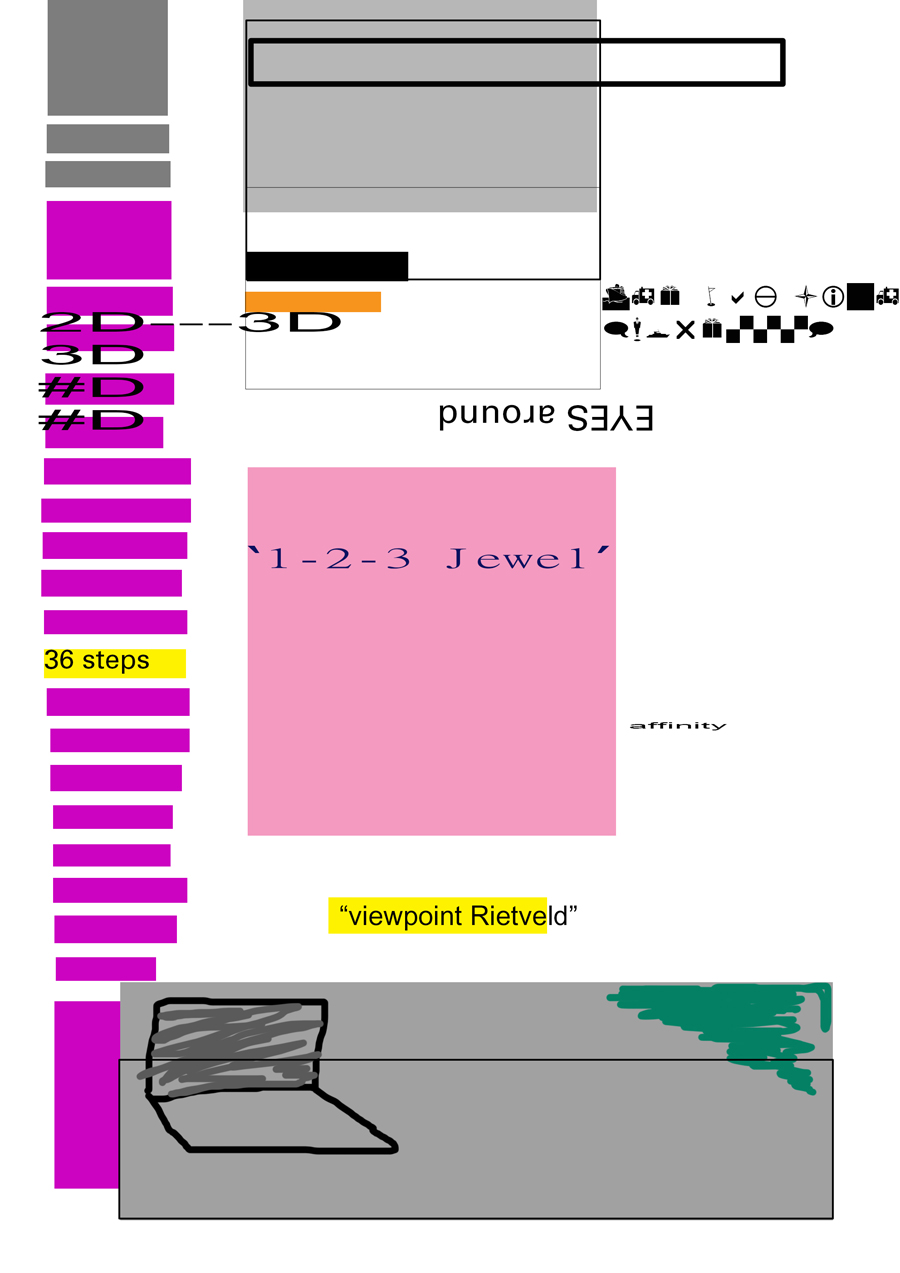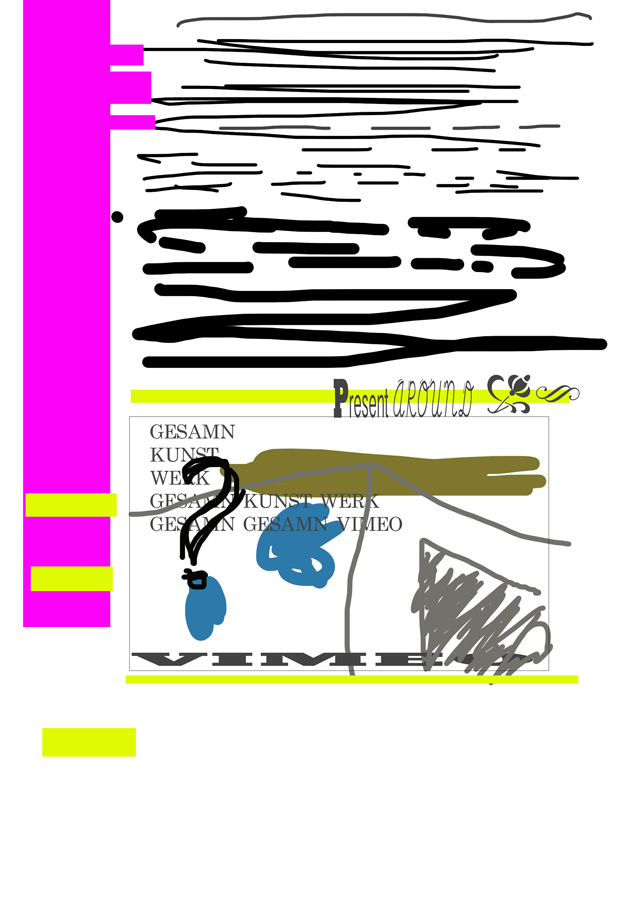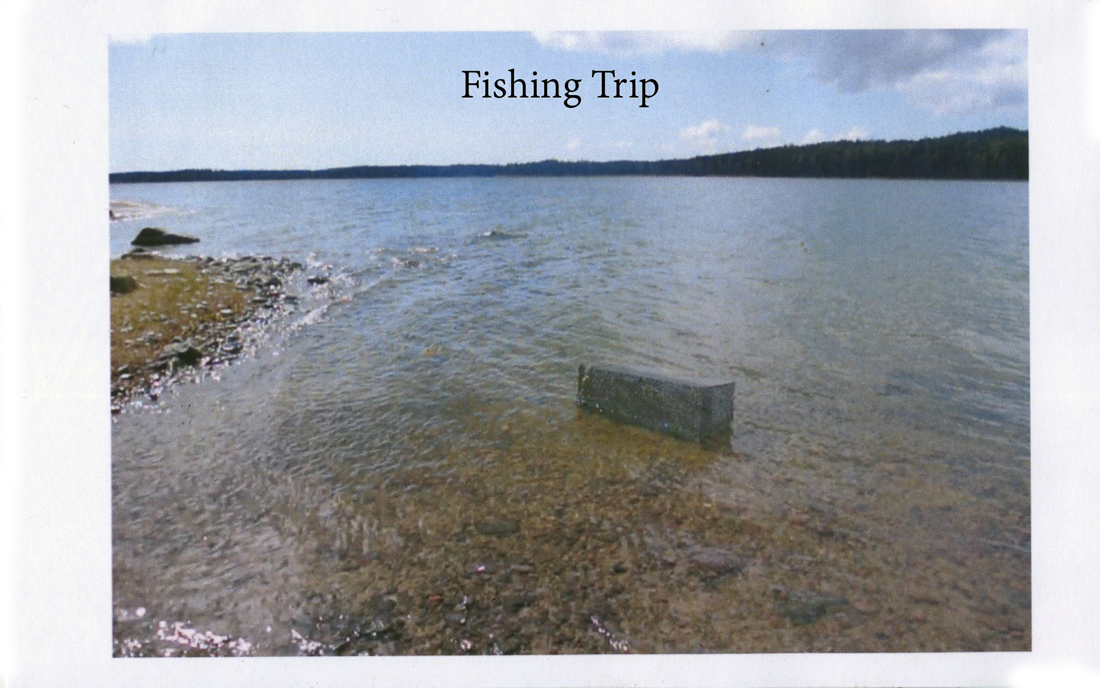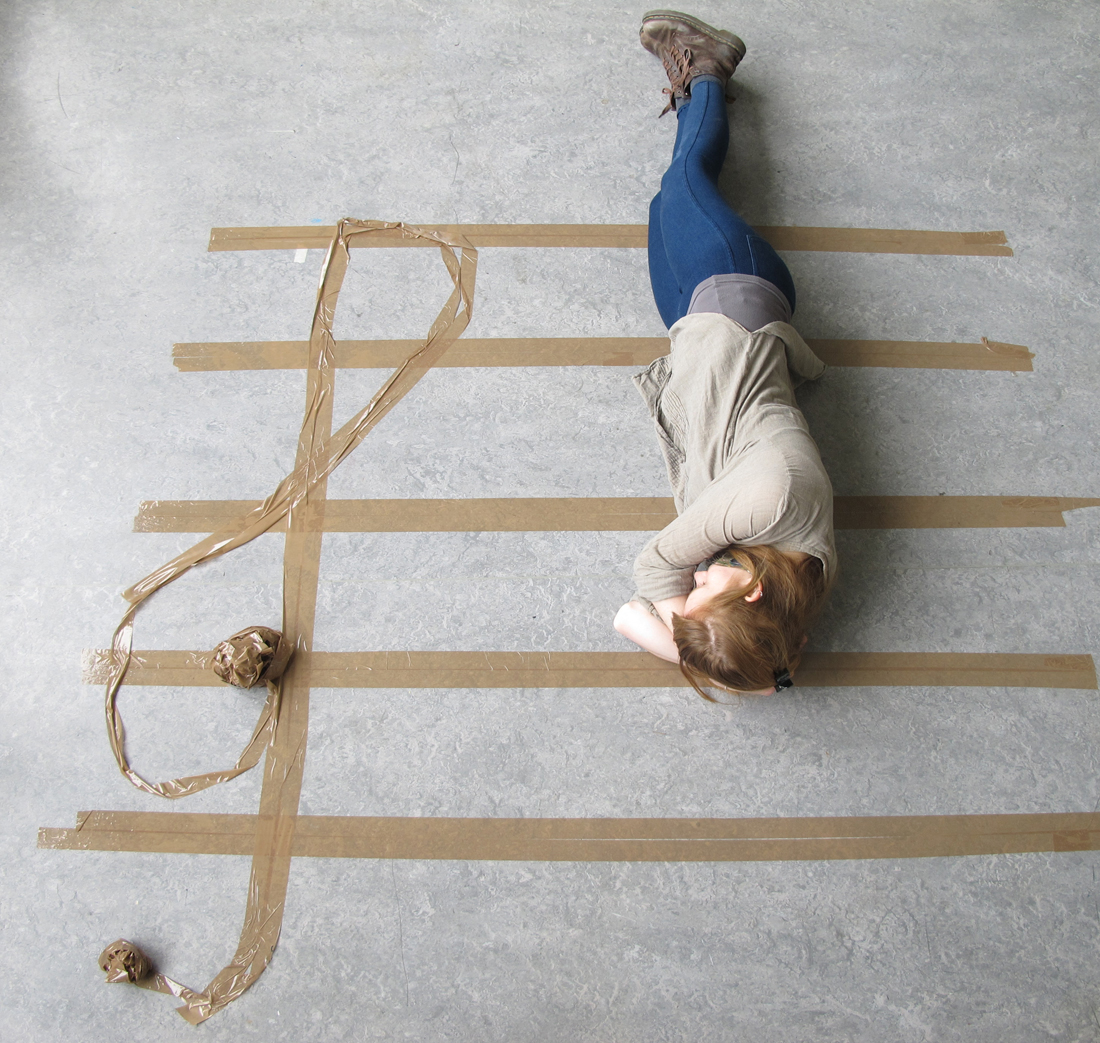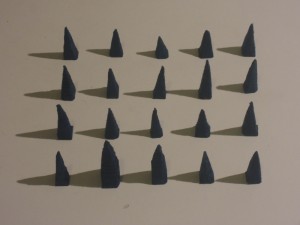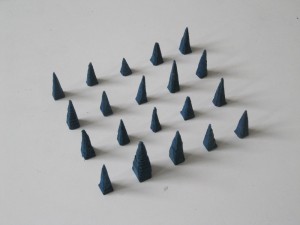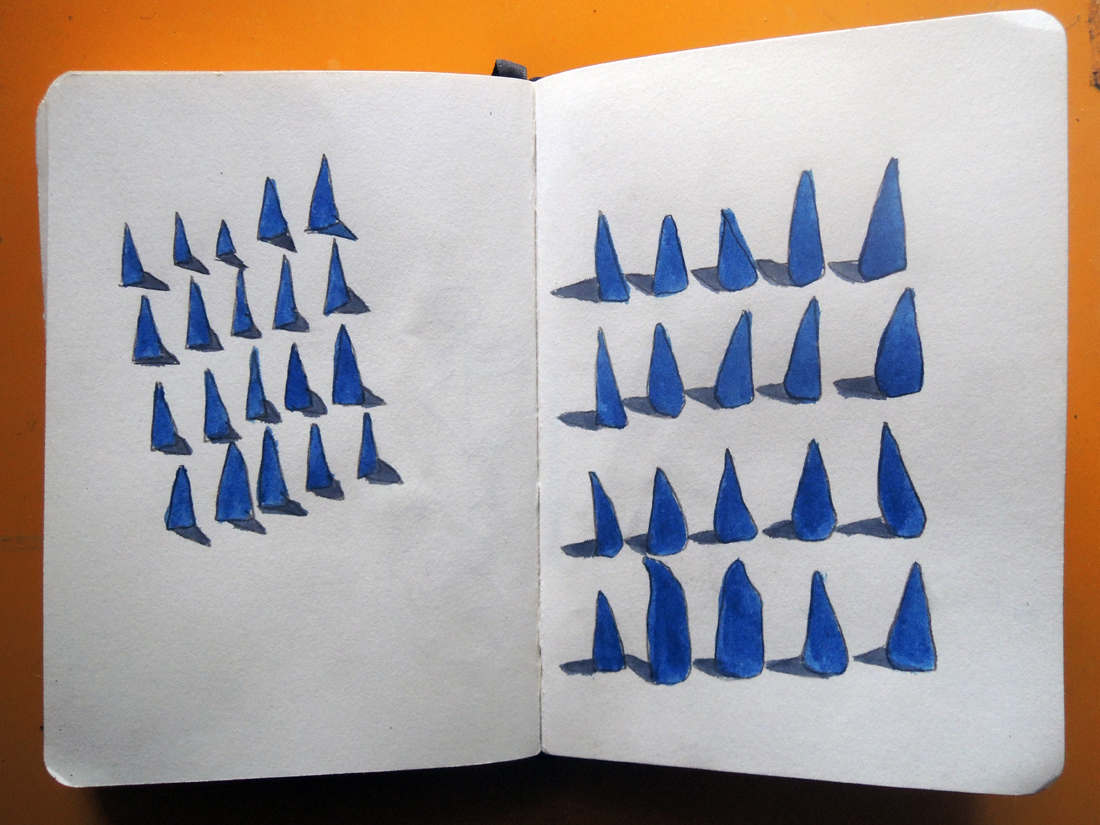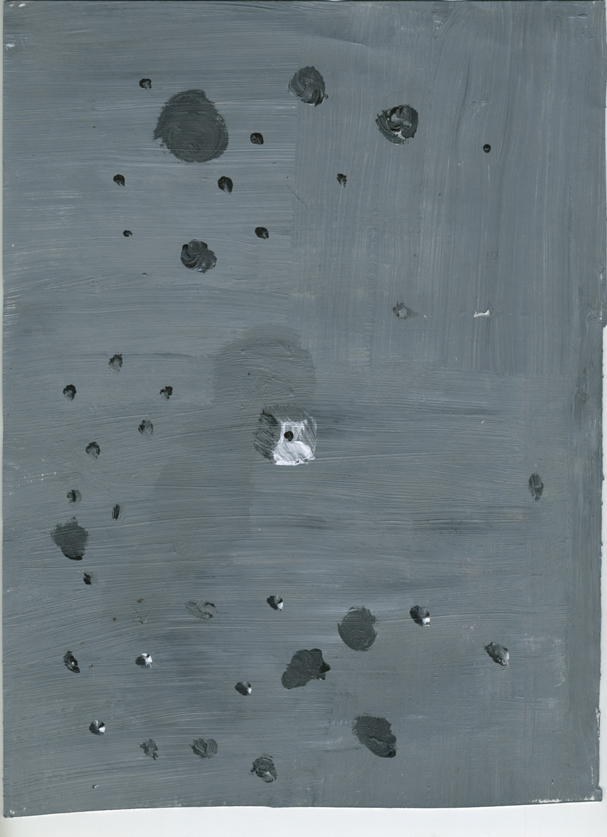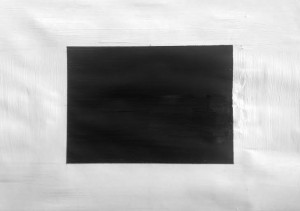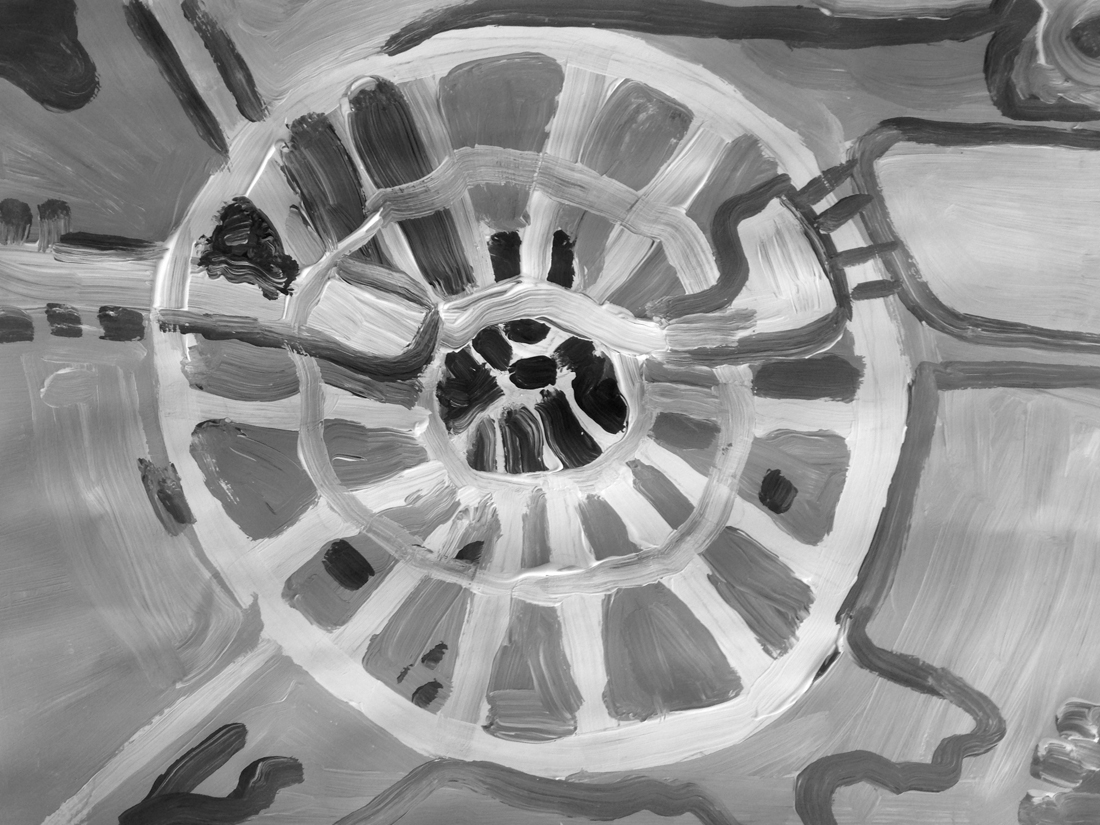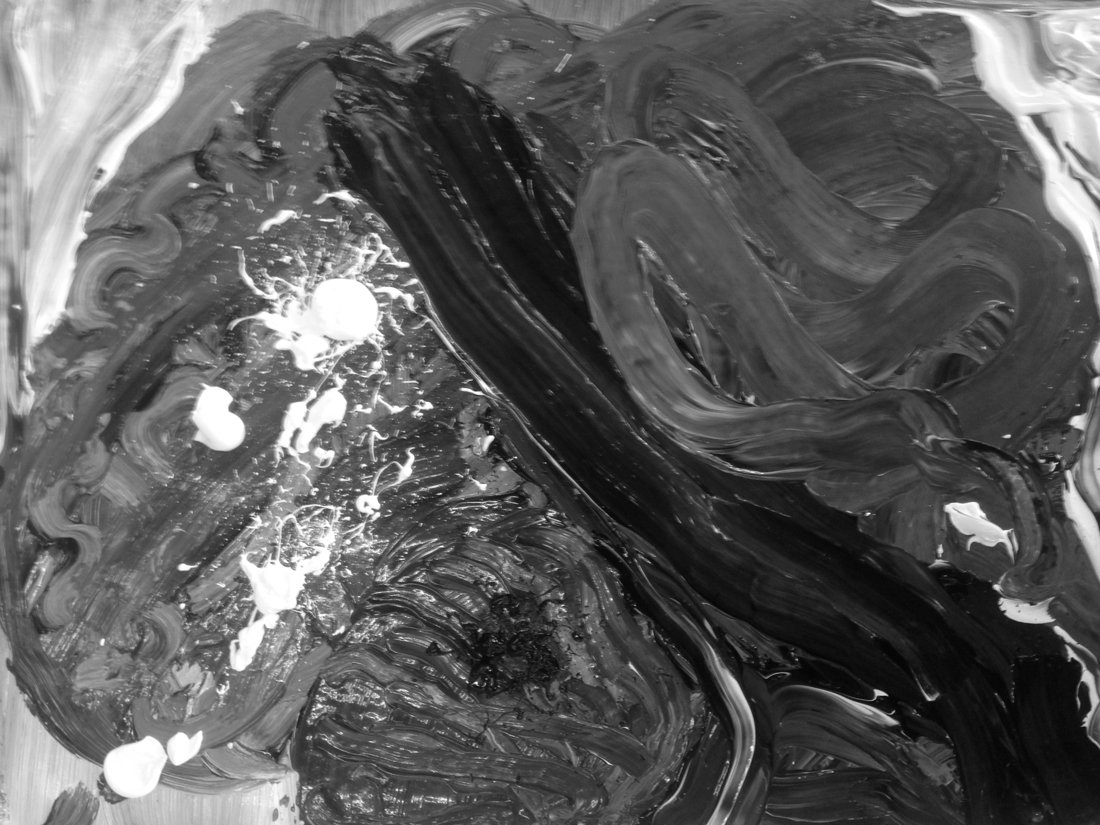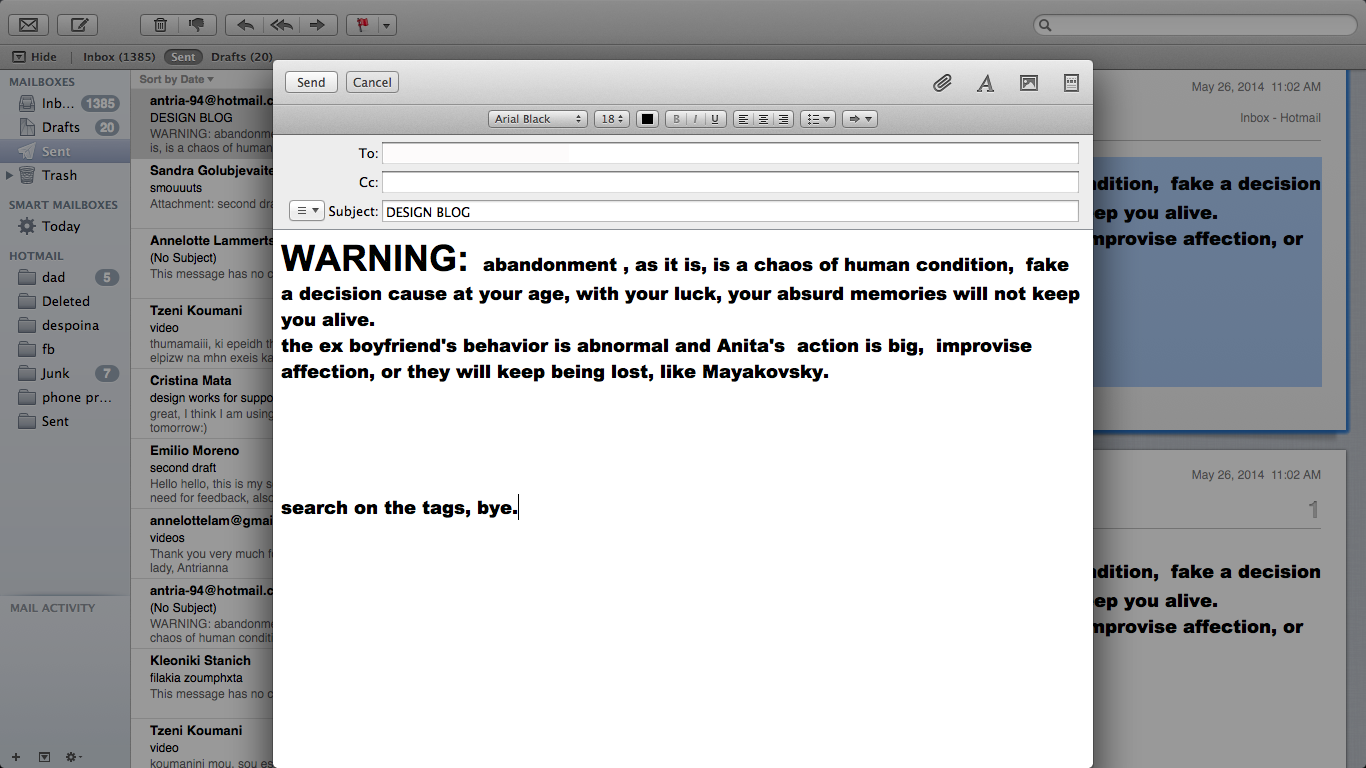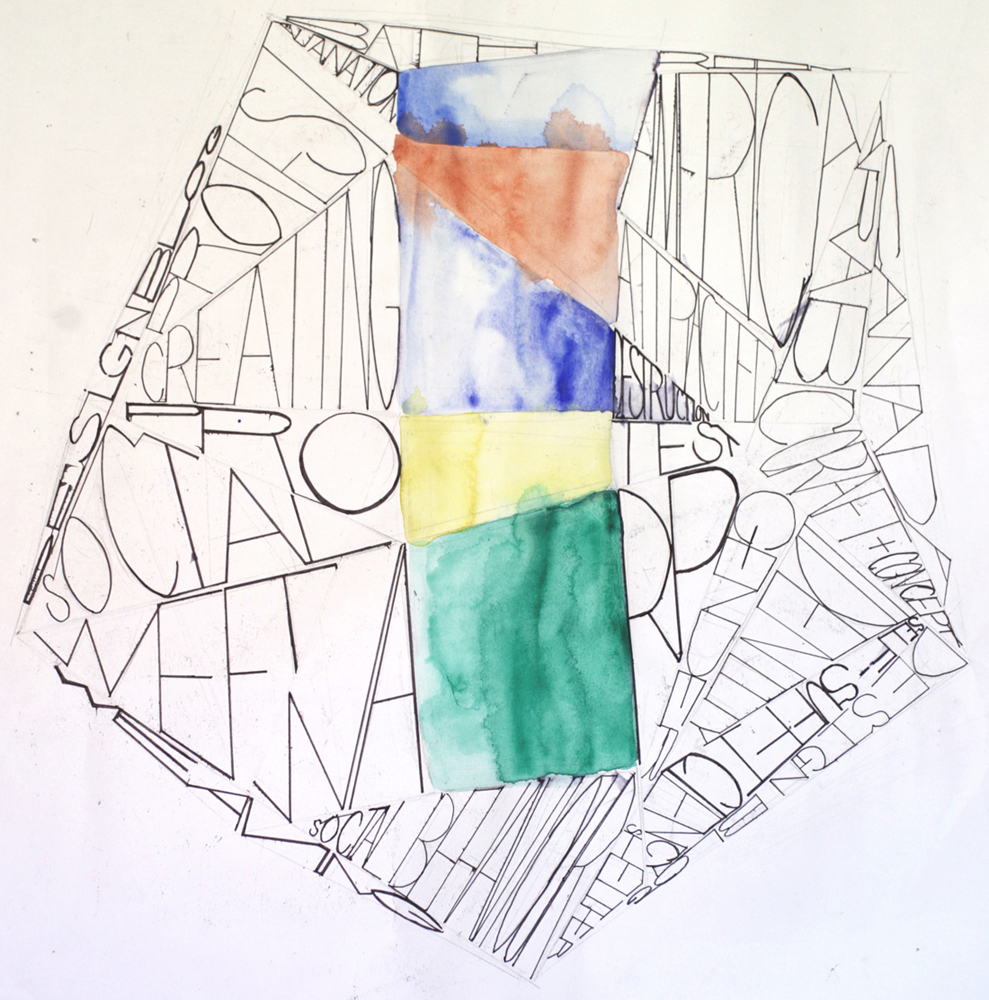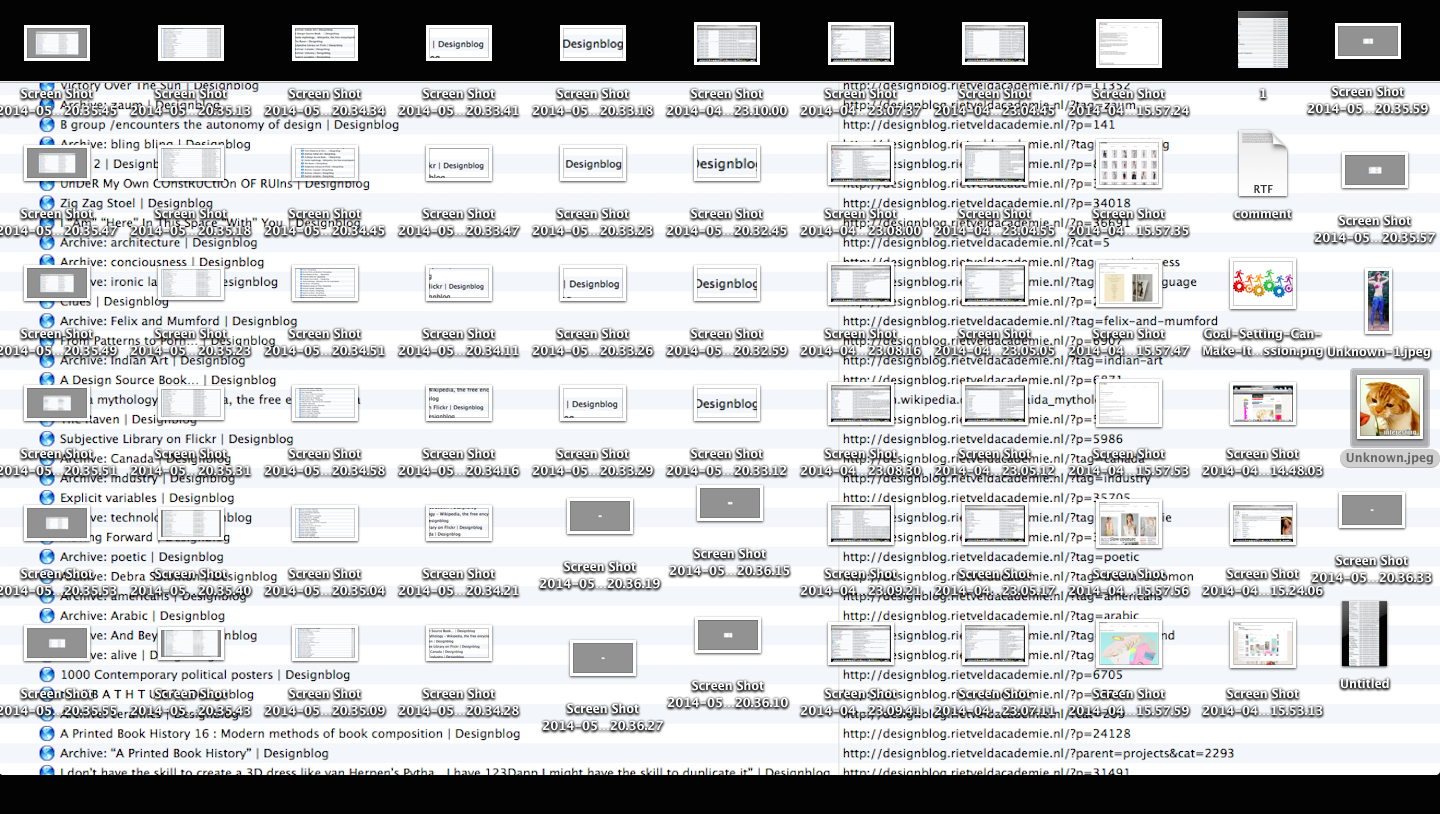Didn’t I see this before?
Have you ever had this strange, but uncertain feeling that you have experienced something before? An overwhelming sense of familiarity? A moment you are not sure if something similar or the exact same thing already happened? Then you belong to the majority of people who have had a déjà vu. Scientists are still unsure how to explain this phenomenon. Some try to link it to memory functions, claiming that familiar events can trigger memories of forgotten information. Some say it’s a more like a “memory check” of our brain: a signal that there is a conflict between what we think we’ve experienced and what we actually did experience.
In a web app I created for iPads you can move along stories told by various images and collages of hands. Sometimes you end up at a point you think you have experienced before. But is it really the same, or does it just familiar? You might just have a déjà vu.
There are other interesting theories as well that try to explain a déjà vu:
Precognition: We have the power of foresight. A déjà vu is the evidence that we are actually able to predict the future.
Reincarnation: We have lived before. A déjà vu is the surfacing of a hidden memory, evidence of a previous existence.
Higher dimension: Our consciousness actually exists outside of our physical bodies in a higher dimension, and when a déjà vu occurs, it’s a brief moment when that separation becomes clear.
Parallel universes: There are other versions of ourselves, living in parallel universes. A déjà vu is a moment we share a memory with an alter ego of another universe.
When browsing through the internet, we often experience this feeling of familiarity. Links and tags create a confusing net of intertwined information, often taking you back to a page you have been before. But because of the information overload we are exposed to, we are often not sure. Maybe you experienced it while surfing through the Design Blog, using the various tags. And you asked yourself, didn’t I see this before?

 Luca connects this with the book “The New Yorker Album of Drawings 1925-1975” from the Rietveld library. The book exists out of different cartoons from “New Yorker” magazine in the period 1925 till 1975. Cartoons made by: Saul Steinberg, William Steig, Richard Taylor, Peter Arno, Charles Barsotti, Geoge Booth, Barney Tobey, James Thurber, Charles Saxon and many more. One of the best known is
Luca connects this with the book “The New Yorker Album of Drawings 1925-1975” from the Rietveld library. The book exists out of different cartoons from “New Yorker” magazine in the period 1925 till 1975. Cartoons made by: Saul Steinberg, William Steig, Richard Taylor, Peter Arno, Charles Barsotti, Geoge Booth, Barney Tobey, James Thurber, Charles Saxon and many more. One of the best known is 
